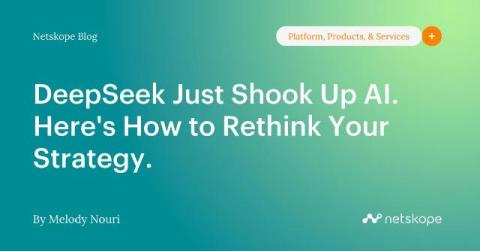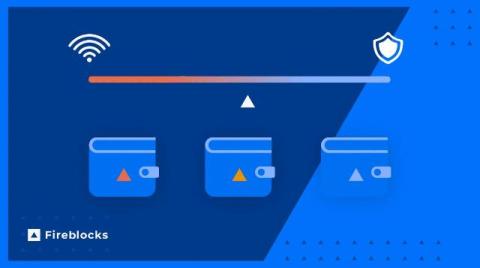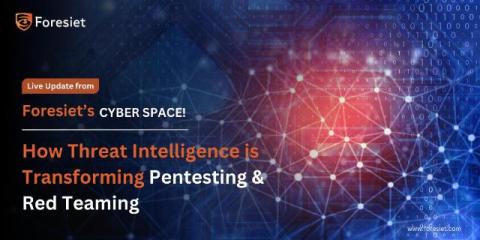Featured Post
The Core Pillars of Cyber Resiliency
As we enter a new era of cybersecurity threats, which has prompted the evolution of new vulnerabilities, organisations are challenged on how to best respond to these evolving attacks. The threat landscape is more complex than ever causing organisations to grapple with new tactics to safeguard their critical data.











